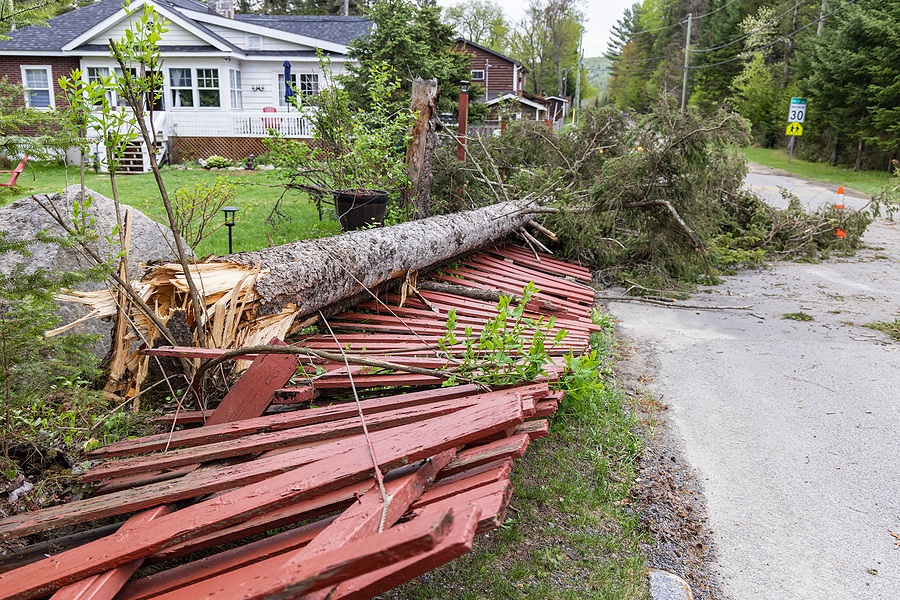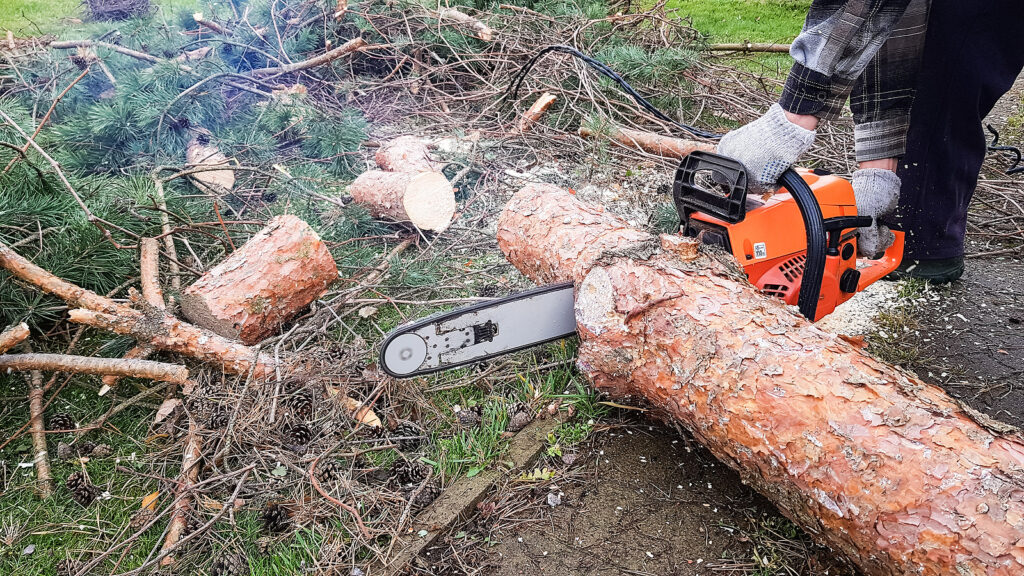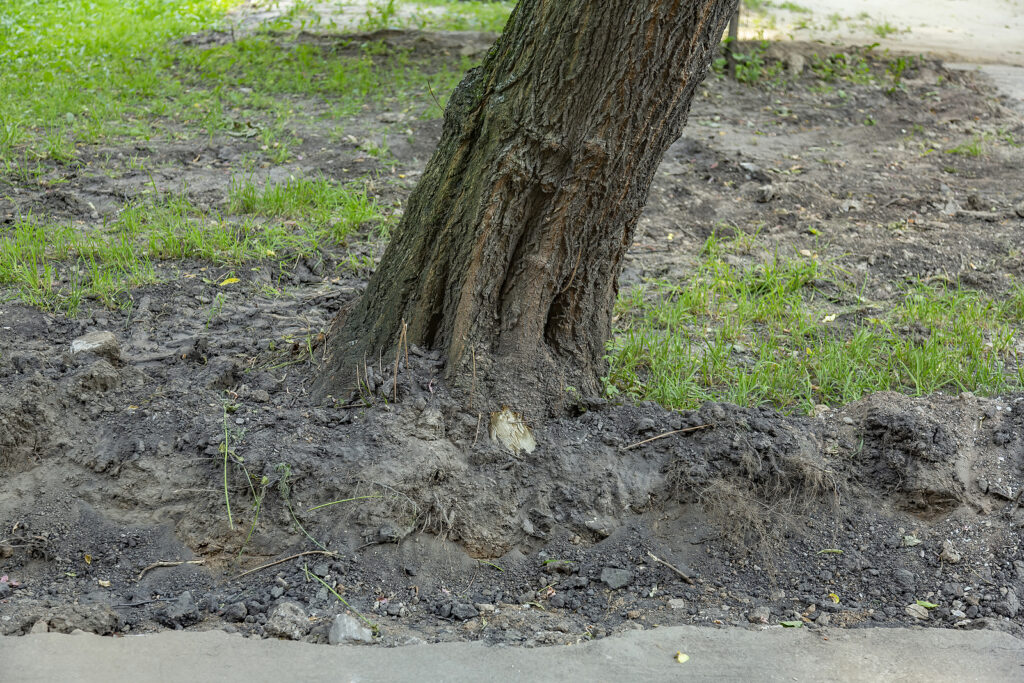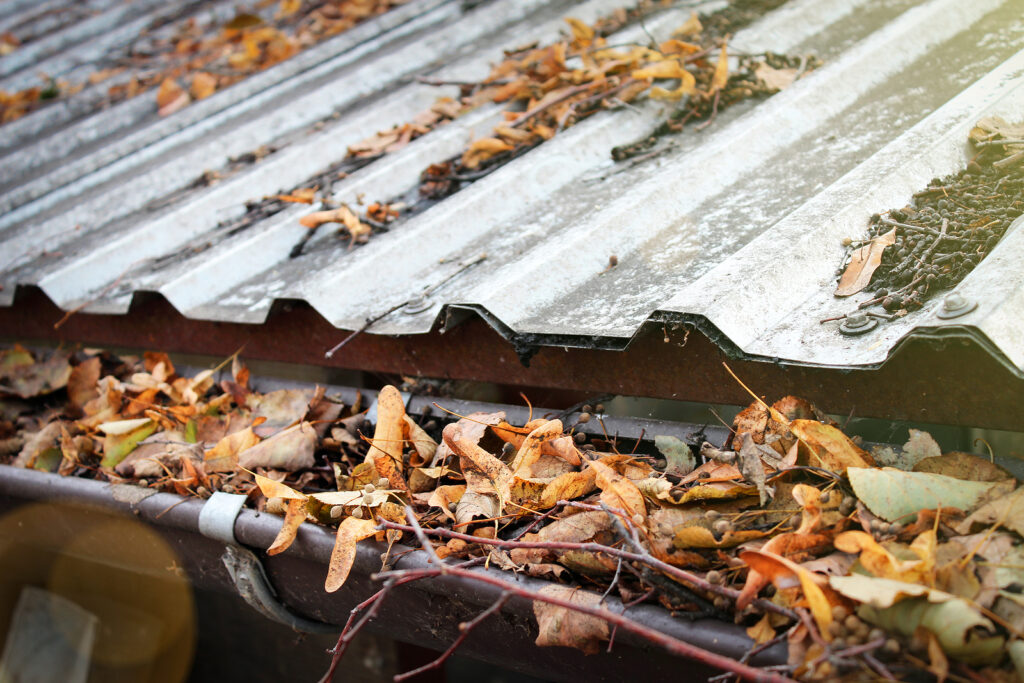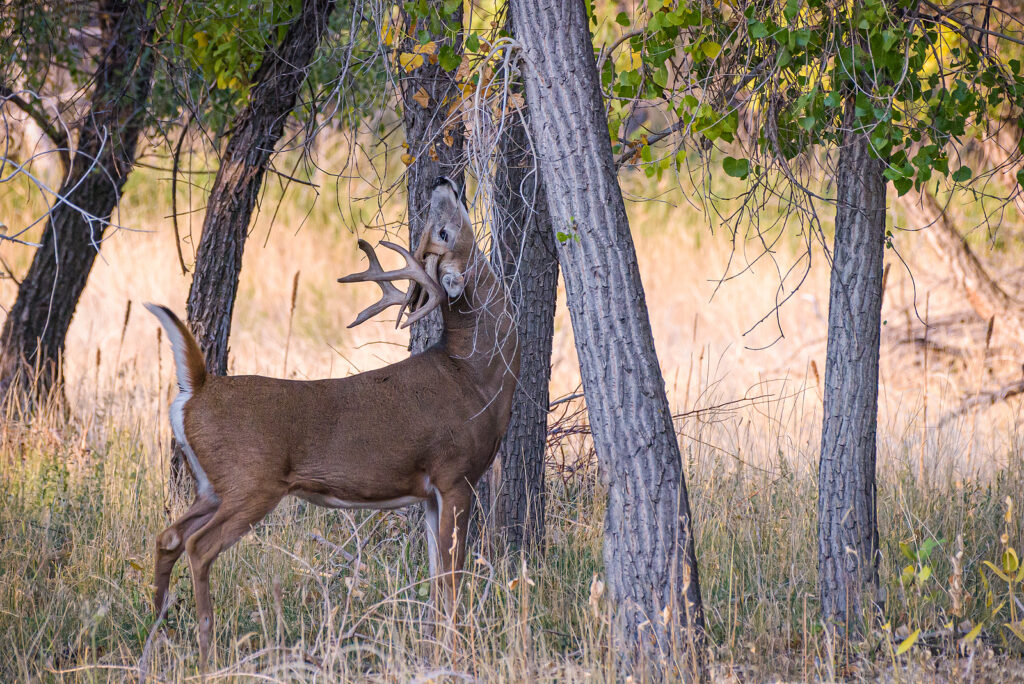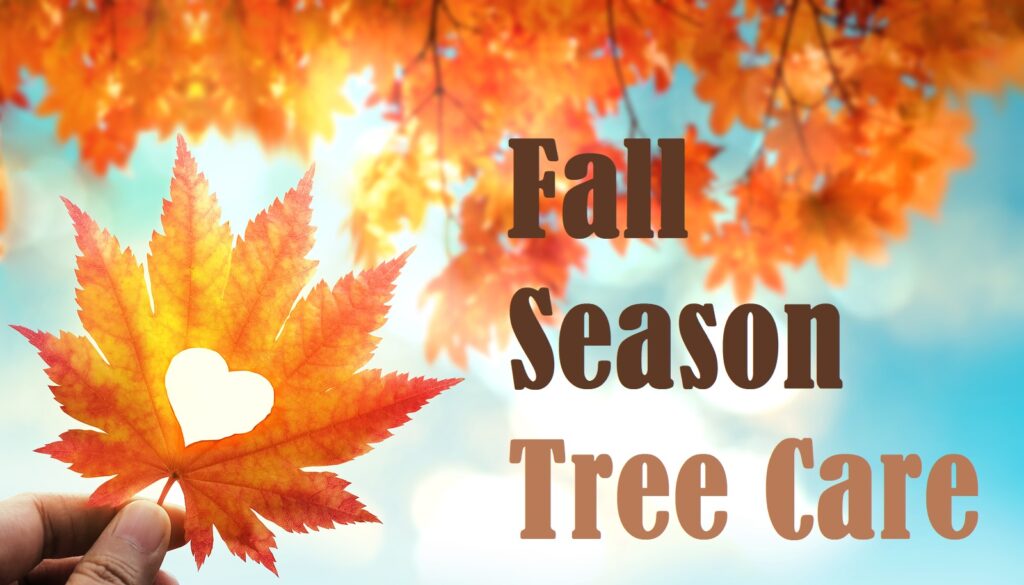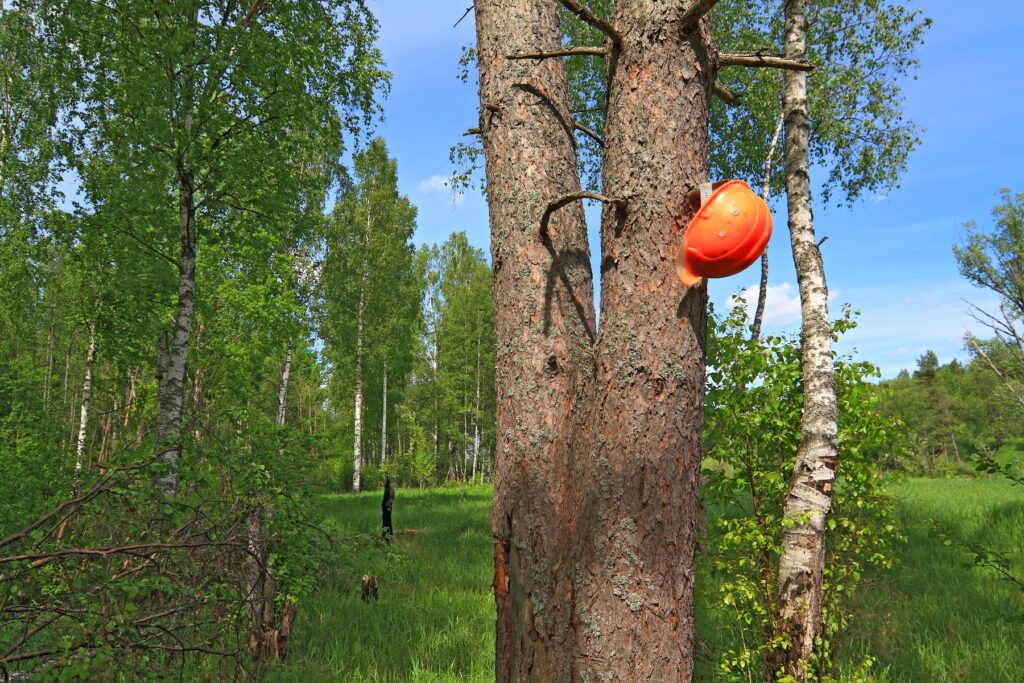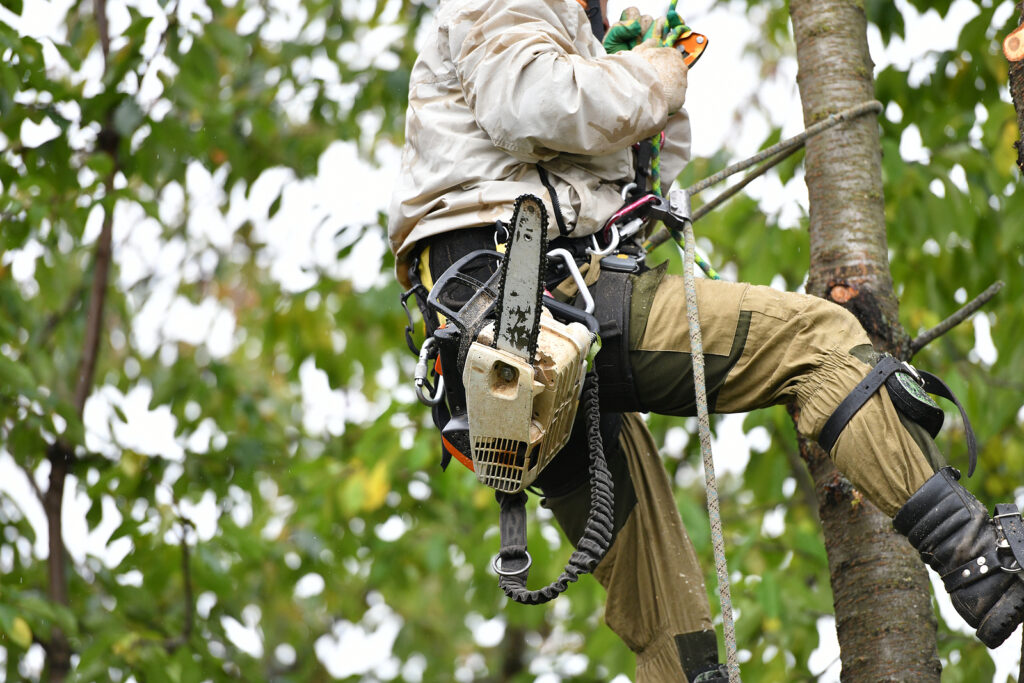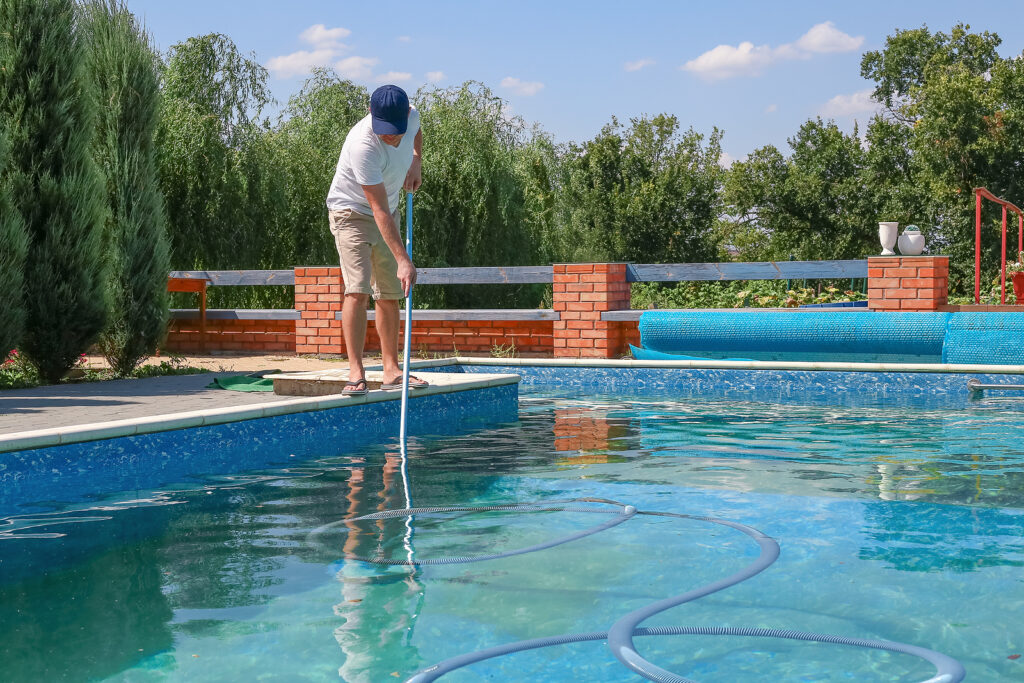Welcome to our deep dive into the fascinating world of tree growth patterns, a hidden universe that exists right beneath our fingertips. By unlocking the secrets within tree rings, we can unveil a trove of information about a tree’s health, environmental changes, and even historical events that have left their mark on the tree’s anatomy.
In this blog post, we will journey together through the various layers of bark and wood, decoding the silent messages that trees have been recording for centuries. So, sit back and prepare to explore the incredible science of dendrochronology – the study of tree rings.
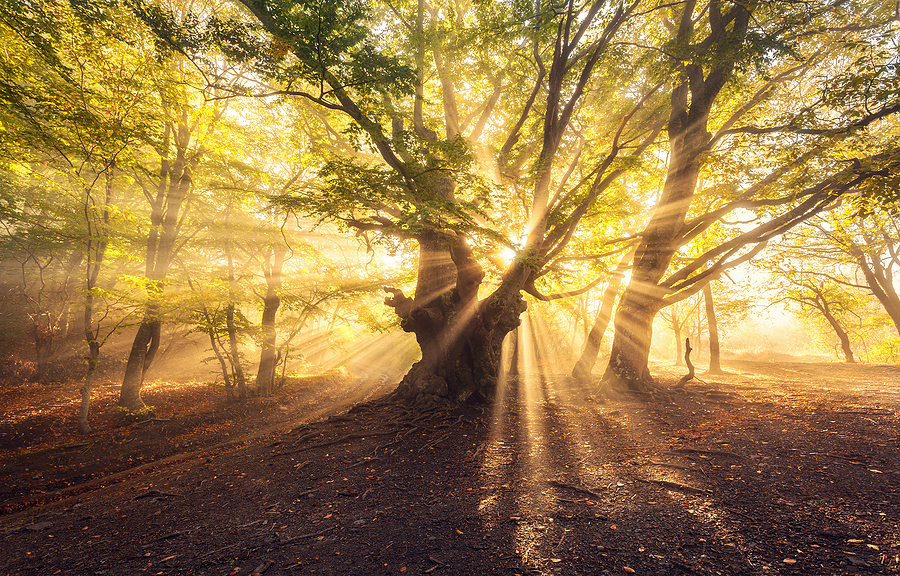
The Basics of Tree Growth
Before we dive into the intricacies of tree rings, let’s start with some basics about how trees grow. Trees are made up of several layers – bark, cambium, sapwood, and heartwood. The outermost layer, known as the bark, is the protective covering that helps shield the tree from external elements such as insects, disease, and harsh weather conditions. Beneath the bark lies the cambium layer – a thin strip of living cells responsible for producing new bark and wood. The sapwood is the layer beneath the cambium that transports nutrients from the roots to the rest of the tree. And at the core of it all is the heartwood – a dense, inactive layer that provides structural support to the tree.
The Story Within Tree Rings
Now that we have a basic understanding of the layers within a tree, let’s zoom in on one specific layer – the sapwood. As trees grow, they produce new sapwood each year, creating visible rings that can be seen when a tree is cut cross-sectionally. These rings tell us more than just the age of a tree; they also provide insight into the tree’s growth patterns. For instance, wide rings indicate that a tree had access to ample resources and compatible growing conditions, while narrow rings suggest periods of stress or limited resources. By analyzing these growth patterns, we can gain valuable information about a tree’s health and overall well-being.
Decoding Environmental Changes
In addition to revealing a tree’s growth patterns, tree rings can also provide clues about past environmental changes. Changes in the width of tree rings can indicate shifts in temperature, precipitation levels, and even natural disasters like droughts or fires. By analyzing the patterns of tree rings over time, scientists can reconstruct past climate conditions and gain a better understanding of how our planet has changed. This information is especially crucial in today’s world, where climate change is a pressing issue that affects us all.
A Window into History
Another fascinating aspect of tree rings is their ability to provide glimpses into history. As trees grow, they record the conditions around them, including any significant events that may have occurred during their lifetime. By studying the widths and patterns of tree rings, scientists can pinpoint the exact year when a tree experienced stress or damage. This information has been used to date historical buildings, track natural disasters, and even confirm events recorded in ancient texts. Who knew that trees could hold such valuable historical data within their very own rings?
In Summary
As we come to the end of our journey through the world of tree rings, we hope that you have gained a better understanding and appreciation for these silent storytellers. By reading between the rings, we can unlock valuable information about a tree’s health, environmental changes, and even historical events. So next time you come across a cut cross-section of a tree trunk or see its rings in a piece of woodwork, take a moment to pause and reflect on the incredible story within those rings. Who knows what secrets they may hold?
Are you looking for trusted, professional tree care near you? Contact Complete Tree Care at 317-783-2518 for licensed and insured tree services in Indianapolis, Indiana. We serve residential and commercial clients with comprehensive tree care solutions.
Related Posts:
Hardiness Zone facts for Trees, Flowers, and Plants
Leaf Peepers Guide: The Beautiful Colors of Deciduous Trees in Fall
What is the Soil Food Web and How Does it Benefit Trees?

